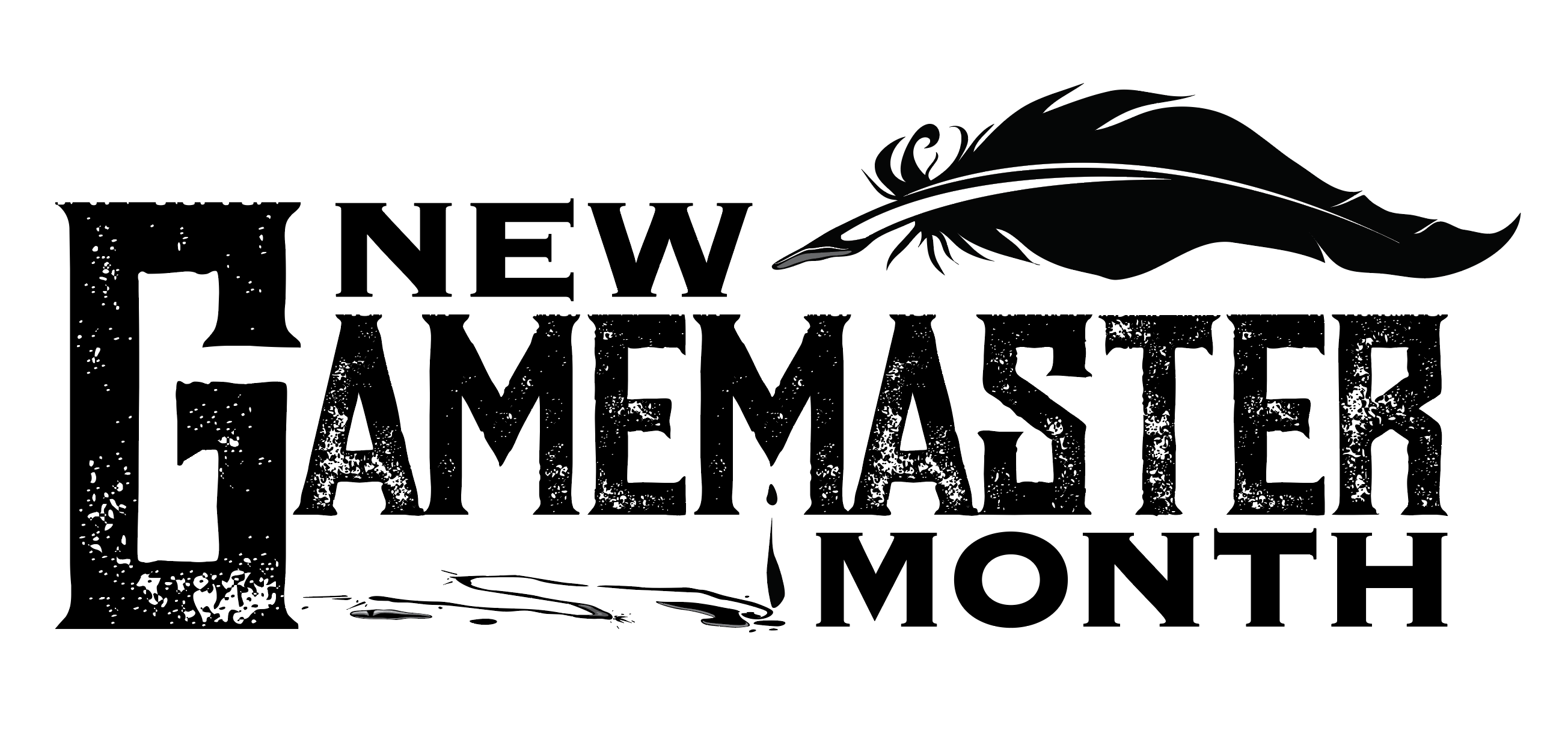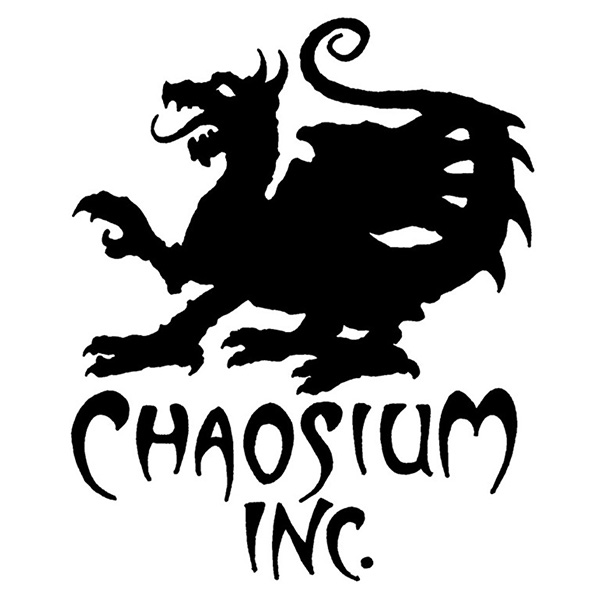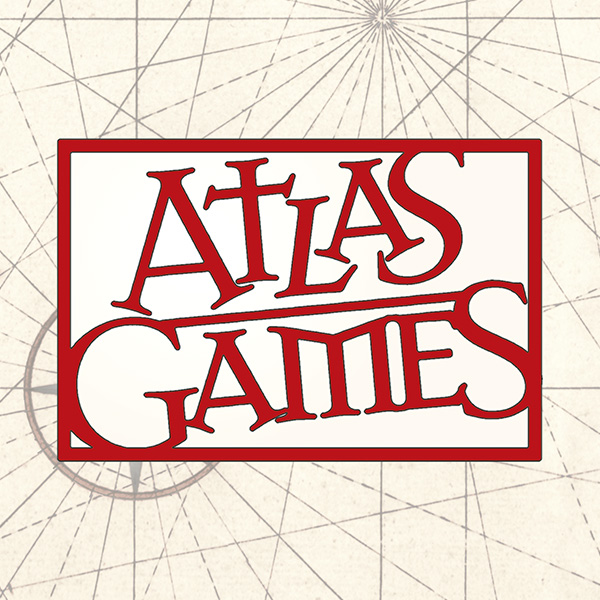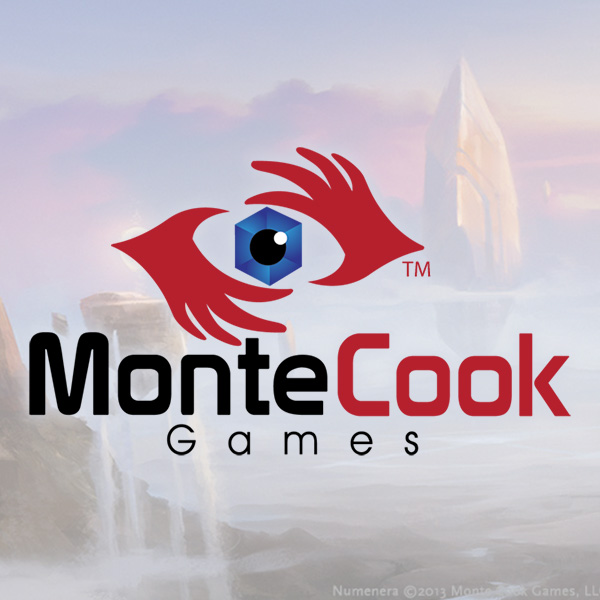It’s the final week of New Gamemaster Month. Just a few more things to cover before you’re ready to run your game!

In New Gamemaster Month we’re helping players who feel the urge to run an RPG—to become a GM for the first time—take the plunge. If you’re just joining us, start with the first installment. Then join us every Tuesday and Thursday throughout January, and by the end of the month you’ll be a GM too!
You’re almost a full-fledged GM. Basic training is about over, so this time we’re going to focus on honing the skills we’ve already discussed. Before we do, though:
What Do You Need?
Let’s talk about what you’ll need on the fateful evening (or afternoon, or even, perhaps, morning) of your game. So far we’ve been talking mostly about skills and confidence, but this is about the actual physical stuff.
The short answer is: You don’t need much. You’ll want the corebook for your chosen game, of course, and you need a copy of your adventure if it’s not in the book. If you’ve jotted down any notes over the course of this program and you’d like to have them along, well, bring those. Here are a few other things you’ll need around the table:
- Dice appropriate to your game system.
- Some paper and a pencil, so you can jot down notes or maybe whip up a quick map to lay the scene out for the players.
- Blank character sheets for the players (generally only necessary for your first session, when the players are making their characters).
- Drinks and snacks. Not strictly necessary for play, but almost always welcome.
Additional copies of the corebook (or player’s guide, if your game uses one) are handy, so you don’t have to keep passing your only copy back and forth. Hopefully one or more of your players will bring these.
Here are some other things that some folk like to have, but are not by any means necessary. In fact, you may want to wait until you’ve run a couple of sessions to decide which, if any of these things, fit your GMing style:
- Handouts, show ‘em illos, or other tangible details you’ve prepared, if you’re the sort of GM who likes to prepare such things.
- A GM screen, which compiles a lot of the game rules’ most useful data into one handy place while simultaneously keeping your notes away from prying eyes.
- A vinyl mat and some wet-erase markers. Many GMs like to use these to draw maps out for their players, particularly if they use miniatures. Which brings us to:
- Miniatures. Some games embrace them more than others, but even when they aren’t closely tied to game mechanics many GMs like to use them to visually illustrate where characters and creatures are in relation to one another.
- Tokens, if your game benefits from tokens to track certain resources (such as XP for Numenera).
- Other game accessories and texts. Creature books, setting expansions, and play aids.
That may seem like a lot, but it’s a fairly exhaustive list, and nothing on that second part is at all necessary. (Really, nothing—do not sweat it if you don’t have that sort of stuff. It’s probably best not to even decide whether you want it until you’ve run a few sessions and have a good idea which of these will work for you.)
Running Your First Game Virtually
One question you’ll want to consider in a virtual game is how players roll dice and maintain their character sheets. VTTs generally allow you to do both through their platform. But whether you’re using a VTT or just Zoom, some players may prefer the old fashioned way. Nothing says that you can’t keep a paper character sheet, or roll dice on the table, just because you’re gathering online instead of in-person.
The advantage of rolling virtually is that everyone can see the result. If that’s important to you, feel free to ask you players to do so. If not, why not let each player choose for themselves? It’s ultimately up to you.
Even if you’re not using a VTT, many chat platforms such as Discord and Slack have dice-rolling utilities. Character sheets are another matter: Most VTTs offer custom character sheets for many games, but other platforms generally do not. Since characters are, generally, the purview of their individual players, this may or may not matter much to you.
Two activities this time. First, collect the items discussed just above. For character sheets, you can download a PDF for free, or buy really nice full-color Numenera character portfolios.
Second, here’s a bit more reading for you. This stuff is general GMing advice from Monte, who, in addition to having written Numenera, is an incredibly good GM with many, many years of experience.
Read these sections of Numenera Discovery:
- Chapter 20: Pages 310-333 (That’s the whole chapter.)
- Chapter 21: Pages 334-339 (Stop when you get to the Preparing for the Game Session header, since what follows focuses on homemade adventures.)
That’s it! Thursday is our last post, and then you’ll be ready to go!
For Unknown Armies, you should have at least two 10-sided dice. More are helpful so players don’t have to keep borrowing each others’ dice when they have to roll. (If you are playing online, the app you use may have percentile dice built into the software. There are many free dice rolling apps if it does not.) You will also need:
- Some of these free character sheets, one per player. Print out an extra one for yourself; you’d be surprised how many times players assume you know the entire character sheet like the back of your hand.
- This helpful (and also free) GM screen that lists a bunch of information a GM often needs when running Unknown Armies.
- Some paper, index cards, pencils, and the like for creating objectives, paths, locations, GMCs, and other ideas.
- A corkboard, whiteboard, or giant piece of paper to help with character creation. (More on that in Step 8 next Thursday.)
If you have the time, now is a great chance to read How To Run Roleplaying Games by Greg Stolze, one of the creators of Unknown Armies. It covers the finer points of being a GM and can help improve your game, literally and figuratively.
That about does it for this week. Next Thursday is our last post. After that, you’ll be ready to run Unknown Armies for the first time!
First, collect the items discussed just above—you’ll need the Trail of Cthulhu core rulebook, and the Midnight Sub Rosa adventure. Print out copies of the three player handouts in the adventure. For characters, you can either print out blank character sheets and have the players create their own, or you can print out copies of the pre-generated characters found at the end of the adventure.
Second, here’s a bit more reading for you:
- The Enchiridion of Elucidation is a handy summary and clarification document for Trail of Cthulhu
- “Read this Before Running GUMSHOE” has some great GM advice from Pelgrane Press co-founder Simon Rogers.
That’s it! Thursday is our last post, and then you’ll be ready to go!
Two activities this time. First, collect the items discussed just above.
Second, it’s time to go through the rest of the adventure and see how you imagine it playing out. After the encounter in the market and with the city authorities, imagine how things might play out immediately after. All kinds of things might happen. Harmast might end up charming his fellow Issaries merchants (page 11) and end up getting better accommodations than the rest. Sorala might relish the chance to try to speak more to the trolls to learn about them. Vasana might get up into their faces, and things might get testy if they are all expected to share an improvised jail cell overnight. Feel free to improvise!
Next, think about how the “trial” will go, and lean on the players to roleplay their answers. Don’t turn it into “NPC Theatre”, keep asking questions of how the adventurers react and what they do.
Once the matter is settled, then, feel free to describe the relative open space and quiet trip west to Mernyr’s Landing. As they get there, describe the stillness of the place, the sense that something is not quite right… the feeling that they’re being watched.
Figure out how to get the most out of each portion of this period of cautious exploration, and use all of the tricks of horror storytelling. There’s a friendly dog for a jump scare, a traumatized child who has Seen Some Things, and maybe some weird rustles in the bush or rumbles under the ground.
That’s it! Thursday is our last post, and then you’ll be ready to go!
To run Monster of the Week, you’ll need:
- Copies of the hunter playbooks (each of these is a rules reference and record sheet for the hunters).
- Enough hunter reference sheets to go round.
- A Keeper reference sheet.
- Your copy of Monster of the Week, with the introductory mystery Dream Away the Time bookmarked.
- A copy of the countdown, so you can mark off the events as they unfold. (This is just for your reference, not for the hunters—they get to experience the surprises on their own.)
- Pencils and note paper for everyone.
- A pair of normal six-sided dice for each hunter.
- Some tokens, beads, or chips you can use to track modifiers earned in play (certain moves grant +1 forward, or hold, for instance.)
- Blank clocks you can use to build suspense.
- Any other props you might wish to include.
Clocks: When a new danger looms, draw a circle and divide it into segments (4 or 6 “pie slices” is usually enough) to track its approach. For instance, you might start a clock to represent the risk of a vampire returning to its lair while the hunters have snuck in to investigate. When a hunter makes a move that results in a failed roll (6 or less), advance the clock by marking off one or more segments. Note that this isn’t limited to just when hunters roll the dice. You as the Keeper have the authority to advance the clock whenever the story warrants it. Iif the hunters in the vampire lair dither over what to do with the strange idol they’ve found or make a lot of noise breaking down the boarded-up entrance to the laboratory, tick the clock. Mark segments as appropriate to both the dice rolls and the fiction of the game. When the clock is full, the danger comes to pass, e.g., the vampire returns. The gradual (or sudden) filling of segments on a clock is a terrific way to heighten your players’ sense of drama and suspense.
Props: If you want to use newspaper clippings as handouts, you can find handy generators here, here, and here (this last one downloads the result as a PDF file.) In addition, the H.P. Lovecraft Historical Society offers a collection of resources, many of them free, to create vintage-looking handouts.
Finally, as part of your preparation you may want to scan ahead in the Monster of the Week rulebook to read about what to expect after the first episode and throughout subsequent mysteries. Hopefully your players will have fun and want to play these hunters again!
Sections to Read: On With The Mystery! (pages 201-225); Between Game Sessions: Arcs (pages 227-237); Between Game Sessions: Subsequent Mysteries (pages 239-271).
If You’re Using Roll20
If you haven’t already opened up Dream Away the Time on Roll20, head over to the Marketplace and claim it. It’s free!
As we noted earlier, the hunter character sheets and Keeper’s mystery sheet include all the reference sheets you’ll need.
Roll20 has a neat tool to track various events and conditions affecting a character: token markers. We have a blog post to walk you through using the token markers included with our Monster of the Week modules, but you can also make your own.
To create clocks, we like to use Roll20’s rollable tables feature, also called multi-sided tokens. Each image of a “tick” or “pie slice” of the clock constitutes one table item. Our Marketplace modules include rollable tables for 4- and 6-part clocks, as well as mystery countdown clocks.
We go operational in a week. We’re done prepping intel for the moment. It’s time to check our equipment.
First, make sure you’ve completed last week’s actionables.
Actionables
- Primary Objective A: Decide, once and for all, whether the group is using pregenerated Agents or creating their own
- Primary Objective B: Walk players through selection of pregens or character creation.
- Primary Objective C: Take notes on their personal secrets, Bonds and other relationships, and traumas in their history
- Secondary Objective: Imagine the voice and appearance of the three characters mentioned in “Last Things Last.” Especially Marlene.
What inventory do you need? That depends on what type of game you decided to run. Review the discussion in Week One (LINK).
If the game is in person, you need the following:
- At least one standard set of dice (d4, d6, d10, d12, d20, d100). Multiple sets of percentile dice (d100) would be best.
- Pencils and pens
- A copy of Delta Green: Need to Know in paperback or easily accessible PDF
- Characters ready to play, either pregens (pages 20–33) or player-created on blank character sheets (pages 13–14)
- Printed or copied handouts (page 48)
- Any notes taken thus far for New GM Month
- Snacks and drinks to keep the players going
If the game is online, you need the following:
- Access to computers, wifi, and chat programs for all participants (we tested this in Week One (LINK) but review it now)
- Digital copies of Delta Green: Need to Know distributed to all participants (but tell them not to read past page 34)
- A digital character sheet for each character, either pregens (pages 19–33) or player-created on form-fillable character sheets
- PDF handouts (page 48)
- Dice or an online dice roller
- Any notes taken thus far for new GM month
That’s it. Since this week is just a fetch quest for logistical needs, take any extra time to review what we’ve covered and get your notes ready for the game. We’re almost there, Handler.
Actionables
- Primary Objective: Assemble the materials required to run your game
- Secondary Objective: Review previous weeks’ entries, the scenario, and your notes
You can roll virtual dice in Roll20 from your character sheet or in the chat box at any time. As the GM, you can also control who sees certain dice rolls. If you want to get really fancy, you can set up macros for custom roll commands that your players can use.
Follow along with our team member Kristin as she shows off some dice rolls and sets up an Initiative roll macro. Click here for tutorial video!
Related Resources:
- Token Actions How to navigate using macros that are linked to your tokens.
- Dice Rolling GUI How to roll directly from the in-app Tool Bar.
- Dice Reference How to roll virtual dice in every possible way.
- How to Use Character Sheets How Character Sheet templates and click-to-roll Character Sheets work.
- Macros How to create and use macros.
- API Learn more about this Roll20 Pro Subscriber feature.
Throughout this program, we have expert GMs on hand to answer questions and provide general support at the New Gamemaster Month Discord Server or the New Gamemaster Month Facebook group. Please drop in, join the group, introduce yourself, and ask any questions you might have. Other new GMs will also be there—it’s a great place to share your experiences and support one another. Hope to see you there!






